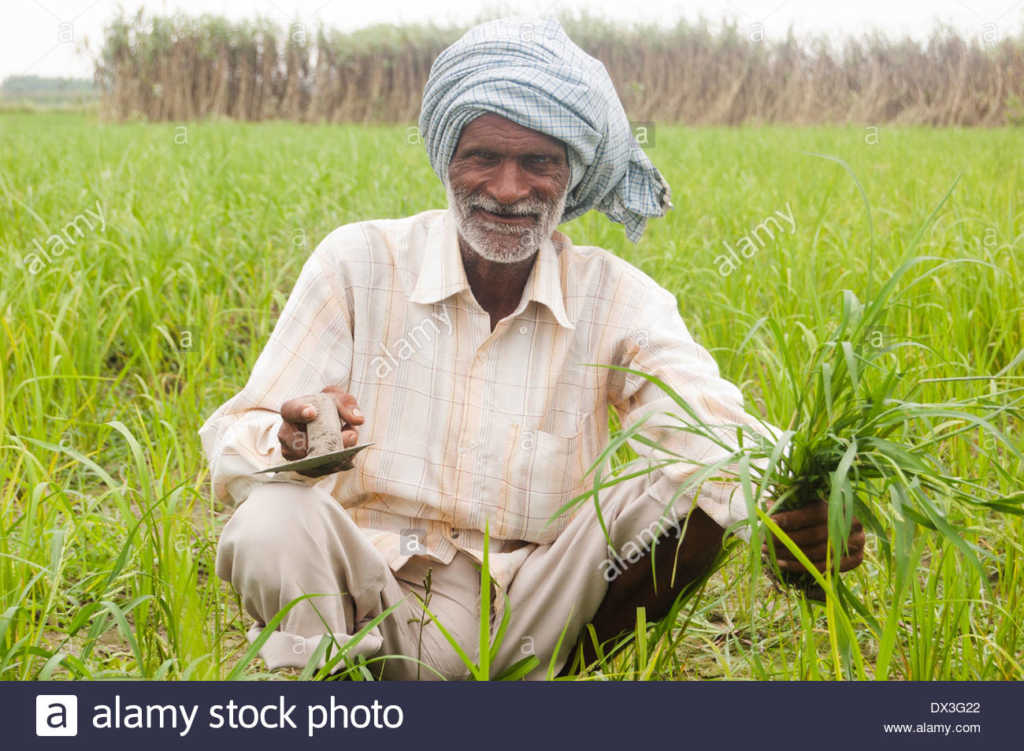The country’s agriculture sector seems to be reviving after a glut in the initial years of the Modi government. In the last quarter of the fiscal year 2017-18, growth in the sector was 4.5 percent. This shows a healthy revival in agriculture with the Rabi season being productive for farmers. In the other quarters of the current fiscal, growth was at 3 percent, 2.6 percent, 3.1 percent for Q1, Q2, and Q3 respectively. The agricultural trade surplus (exports minus imports) has improved in 2017-18 and the first quarter of the current fiscal too. In the FY 2018, the country exported agricultural commodities worth $ 38.74 billion, as against imports of $ 24.89 billion which resulted in farm trade surplus of $ 13.85 billion. The surplus for 2016-17 and 2015-16 was $ 8.05 billion and $ 10.23 billion respectively.
The performance of a few products like buffalo meat, raw cotton, guar-gum, and corn is notable. India became the largest exporter of buffalo meat in the world, from being practically nowhere a decade back. The exports in buffalo meat was a mere $ 341.43 million in 2003-04, but it peaked to $ 4.78 billion in the first year of the Modi government. The well regulated modern slaughterhouses allowed the country to supply cheaper buffalo meat mainly to low/middle-income developing countries in Southeast Asia, West Asia, and North Africa. The second product is guar-gum, which is used by American shale oil drilling firms such as Halliburton, Baker Hughes, and Schlumberger. They began stockpiling guar-gum, and Indian exporters and farmers too made a killing. The third product was raw cotton. In 2003-04, India’s cotton imports, at $ 341.67 million, exceeded its exports of $ 205.08 million. But in 2011-12, the value of exports ($ 4.33 billion) far surpassed that of imports ($ 223.18 million). The country became the second largest exporter of cotton due to large-scale cultivation of Bt cotton hybrids in Gujarat. The state performed excellently in cotton production due to policy initiatives that were taken by the then Modi government in the state.
The slowdown in global commodity prices was the reason behind the slowdown in agricultural exports in the initial years of the Modi government. The global commodity boom, with the United Nations’ Food and Agricultural Organization’s Food Price Index (base year 2002-04=100), soared from an average of 97.7 in 2003 to 229.9 in 2011. It subsequently fell to 213.3 in 2012, 209.8 in 2013 and 201.8 in 2014, but remained at above 200 levels till July 2014. The FAO Food Price Index dropped to 161.5 by 2016. So in the initial years, the slump in global commodity prices combined with successive drought not only reduced the cost competitiveness of the country’s exports but also made it more vulnerable to imports.
The last one year has been the promised ‘Achhe Din’ for farmers as the Modi government’s focus towards the farming sector increased. And some global factors like depreciation in value, which makes exports more competitive, and rise in the commodity prices in the global market helped the farmers to get better prices for their produce. The good monsoon in the previous seasons was like god’s gift to farmers as both the domestic and global factors turned in their favor. As the country has achieved a ‘permanent surplus’ condition where we have an excess of every agricultural produce, exports could help the farmers get good prices of their produce.
For the benefit of farmers, the Modi government has decided to increase the Minimum Support Price (MSP) for this year’s Kharif crops. The increase in MSP suggests that the government is working to fulfill its promise of ‘doubling farmer’s income’. The MSP for common variety paddy, the most important Kharif crop, was raised by Rs 200 over last year’s Rs 1,550 per quintal, which is 13 percent increase from the MSP in the previous financial year. The cost of production is decided as ‘A2 + FL’, which is the actual cost plus imputed value of family labor respectively.
The government launched many schemes to fulfill the prime minister’s promise of doubling farmers’ income by the year 2022. To make farmers financially secure in the case of poor crop growth, the government launched Pradhan Mantri Fasal Bima Yojna (PMFBY). To provide irrigation facilities to farmers across the country, PM Modi launched Pradhan Mantri Krishi Sinchai Yojana (PMKSY) and pumped money into the National Bank for Agriculture and Rural Development (NABARD) to increase credit penetration to farmers. In the latest budget allocation, the government increased the spending on agriculture by a large amount to reduce the rural distress in the country, which was also one of the reasons for the good performance in the agriculture sector. The contribution of agriculture in the total growth was above 9 percent for the last two quarters.
